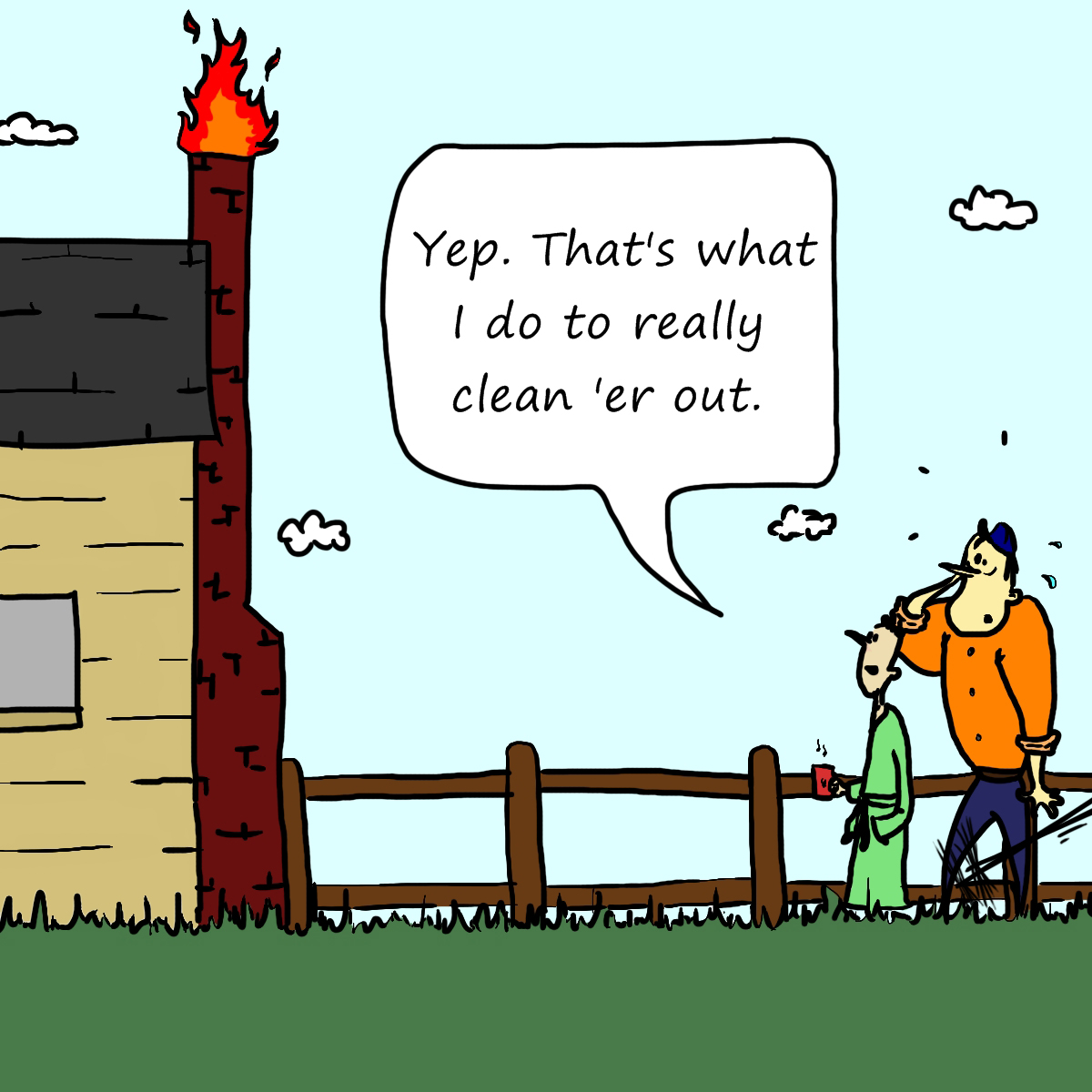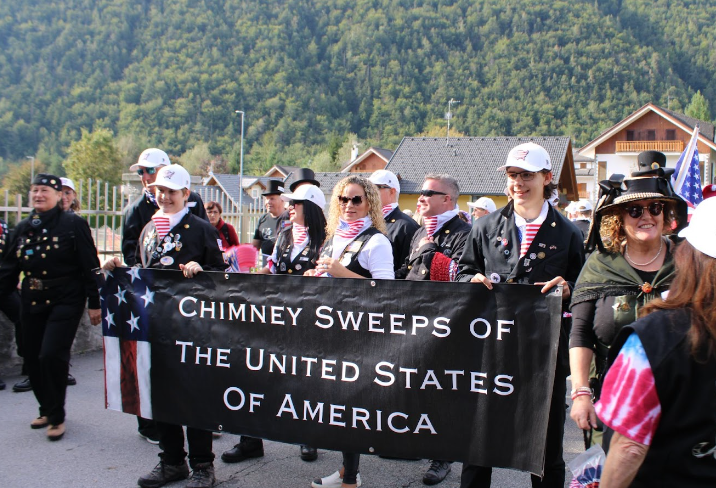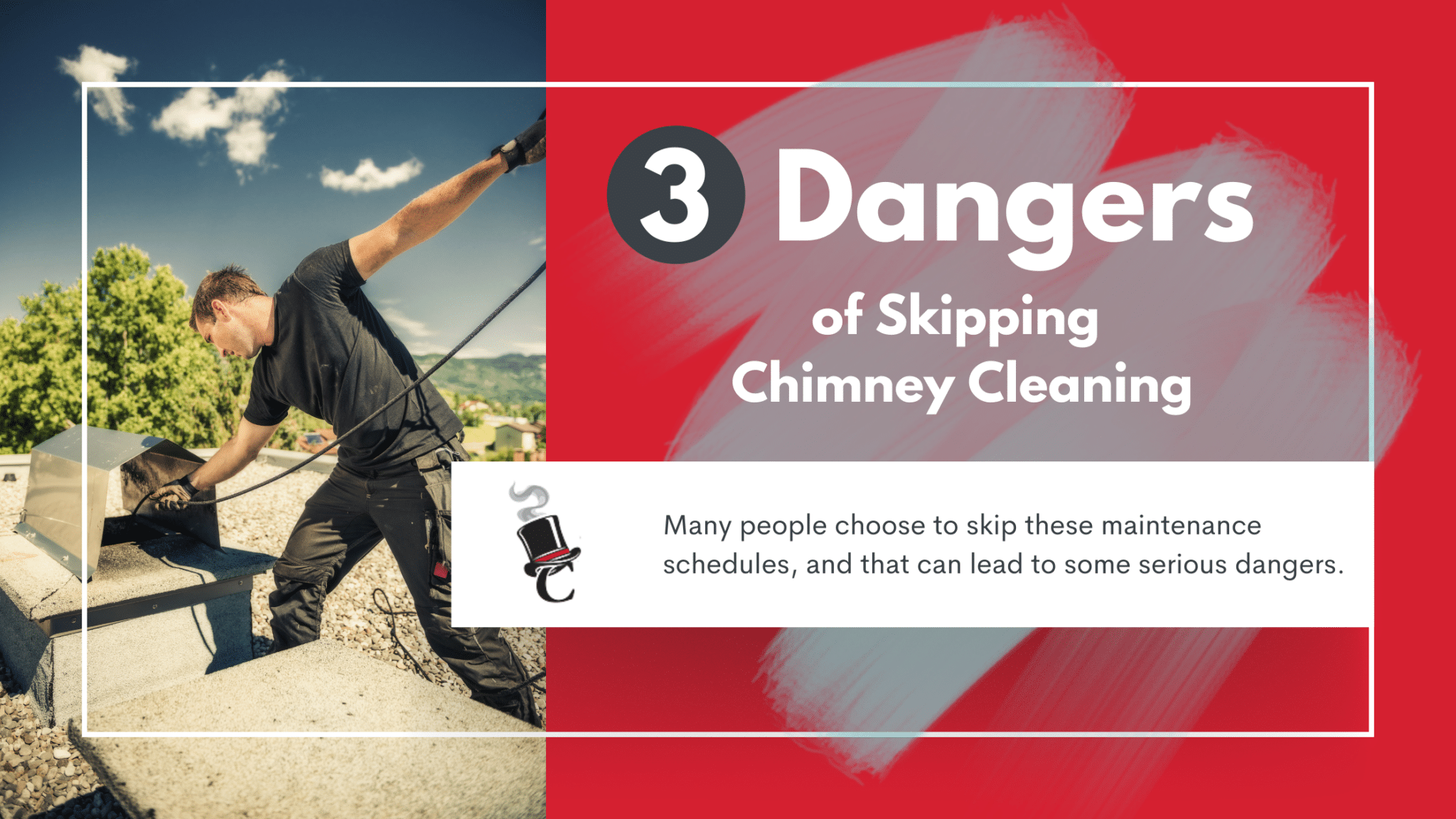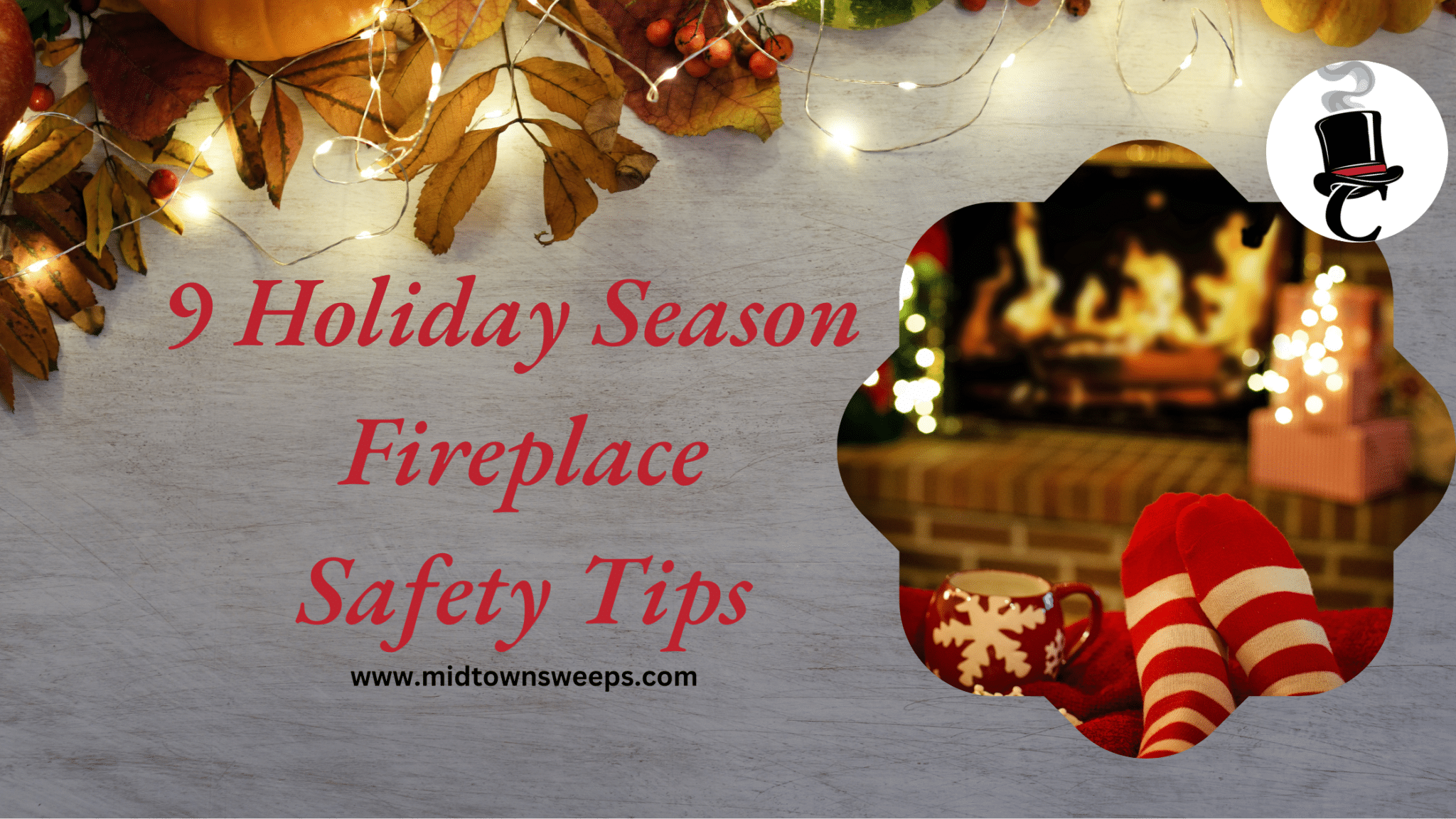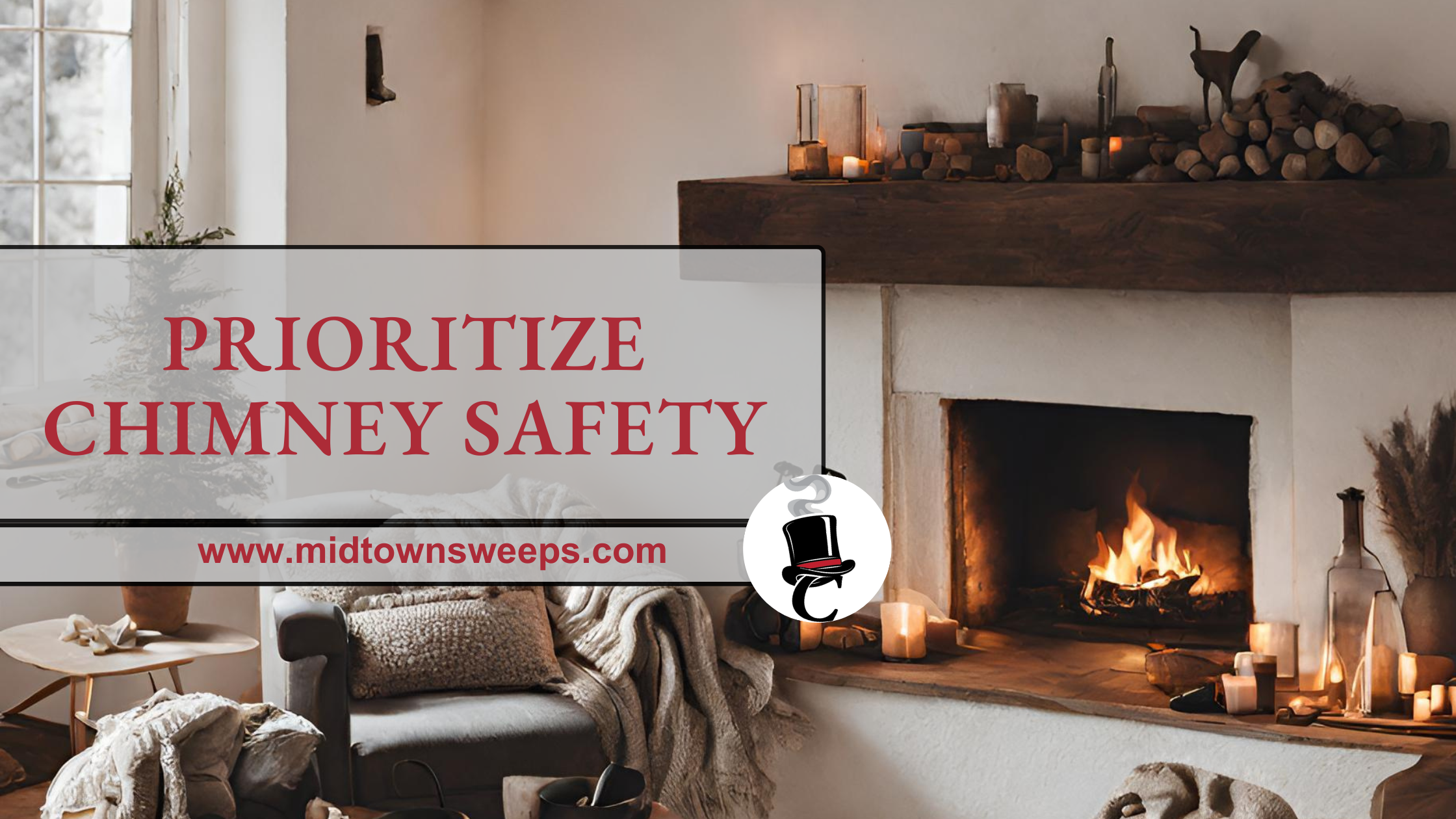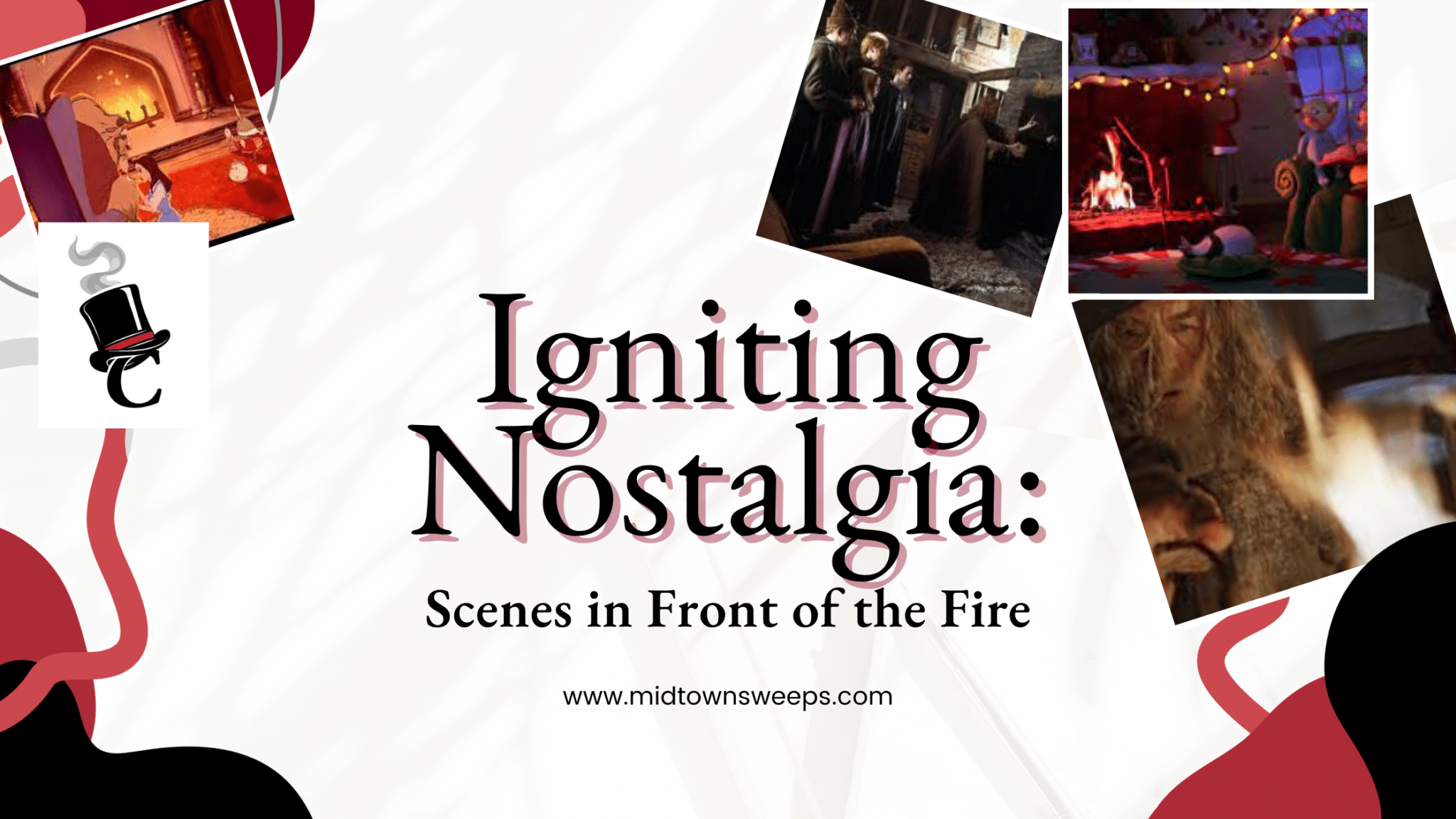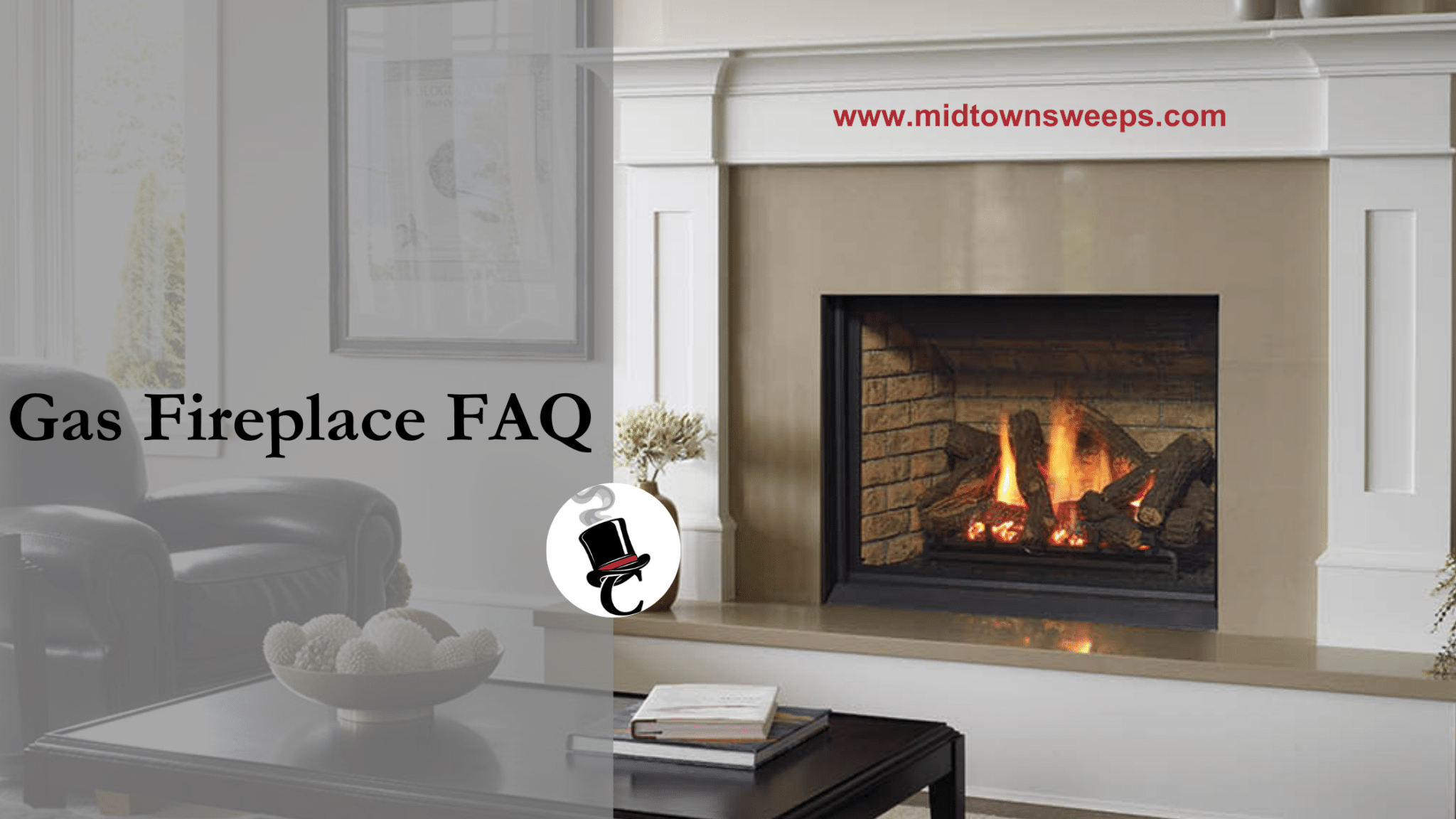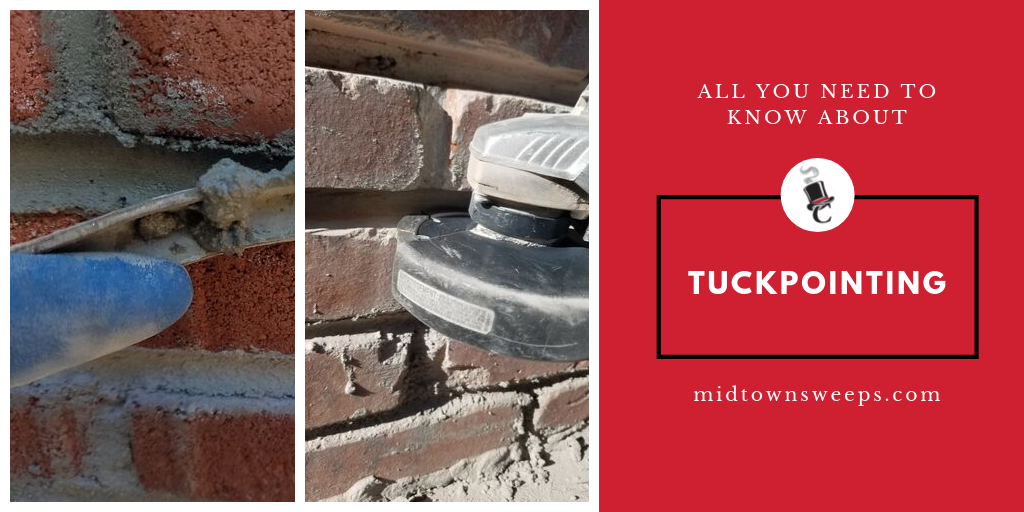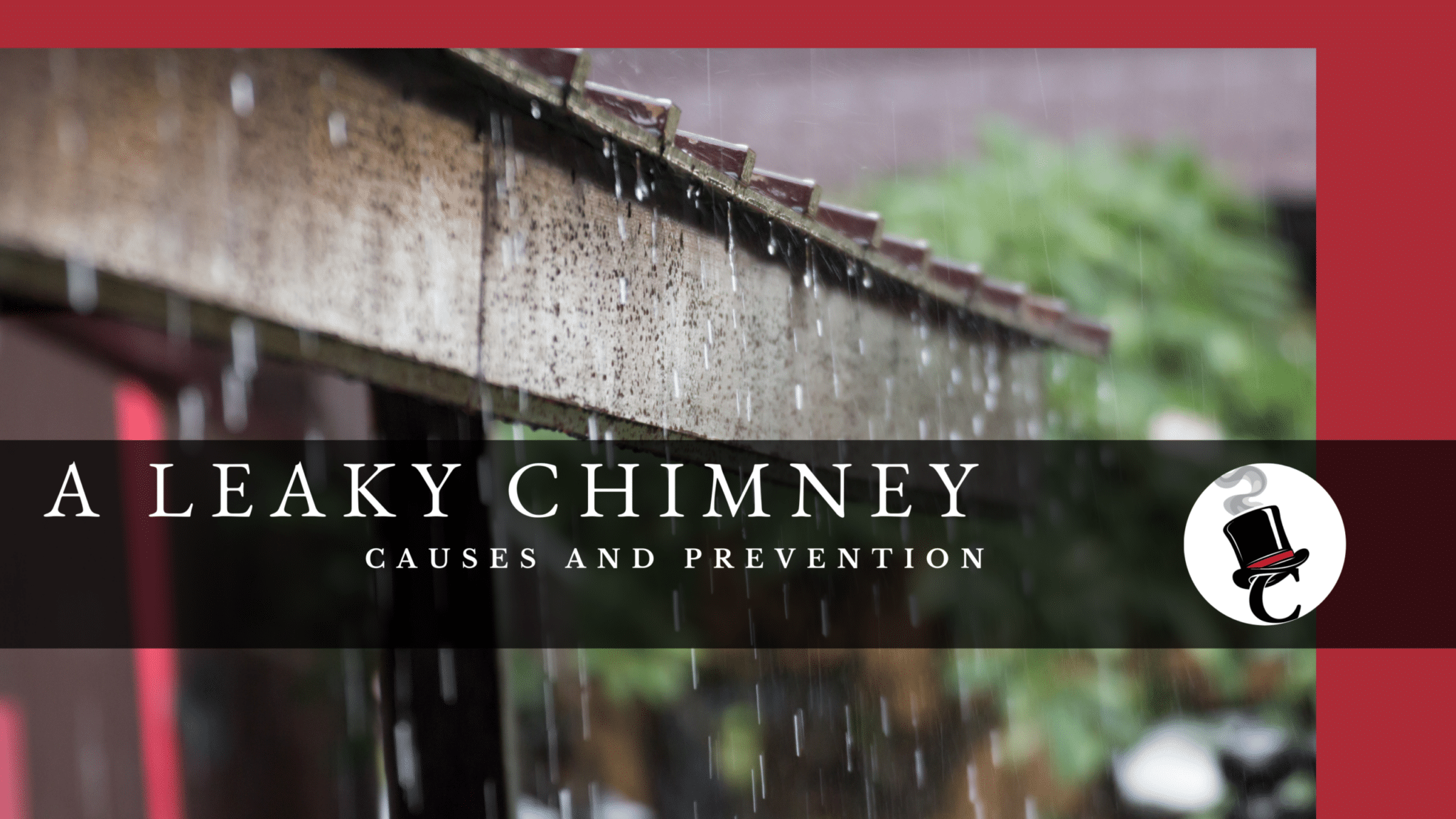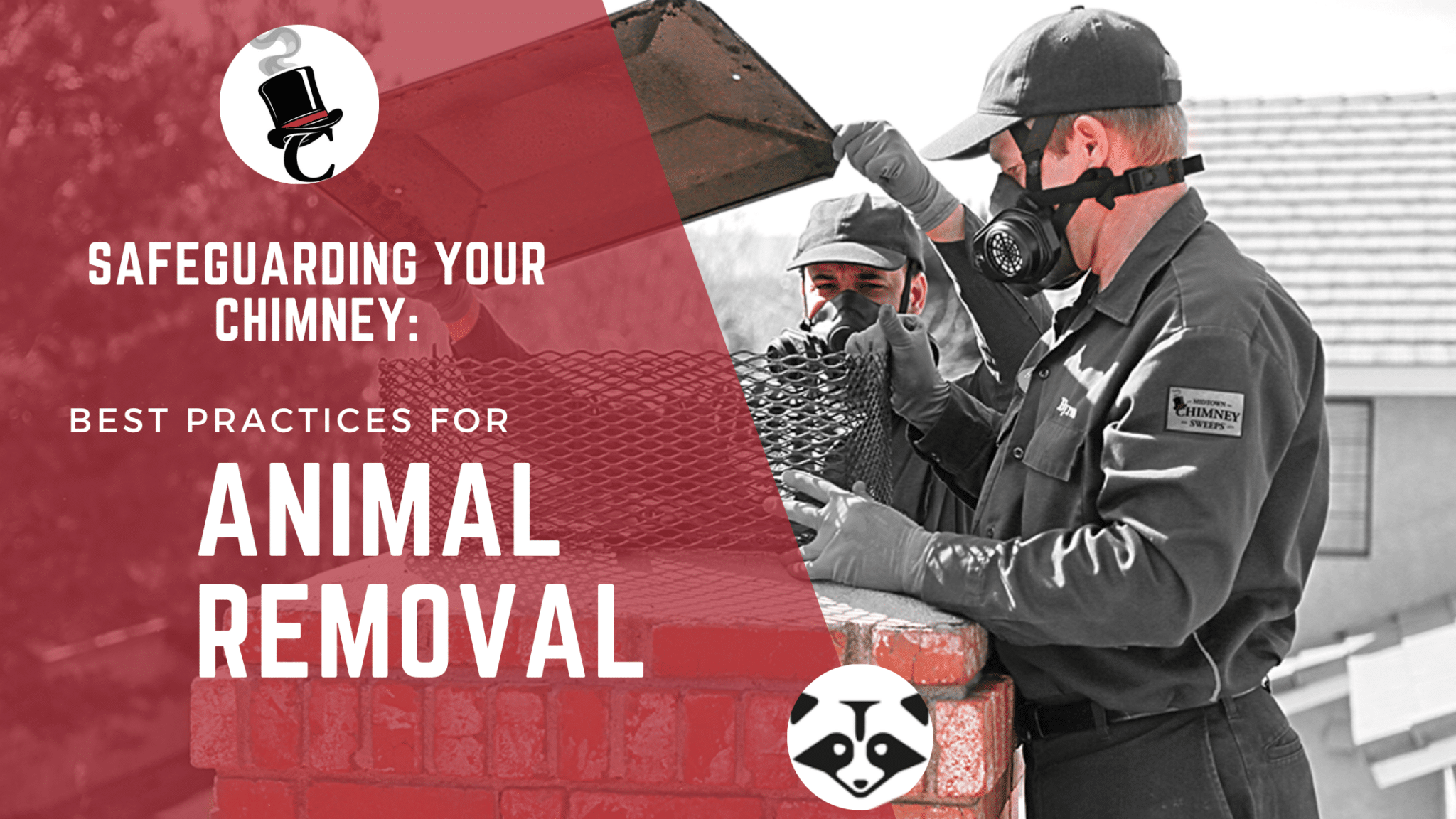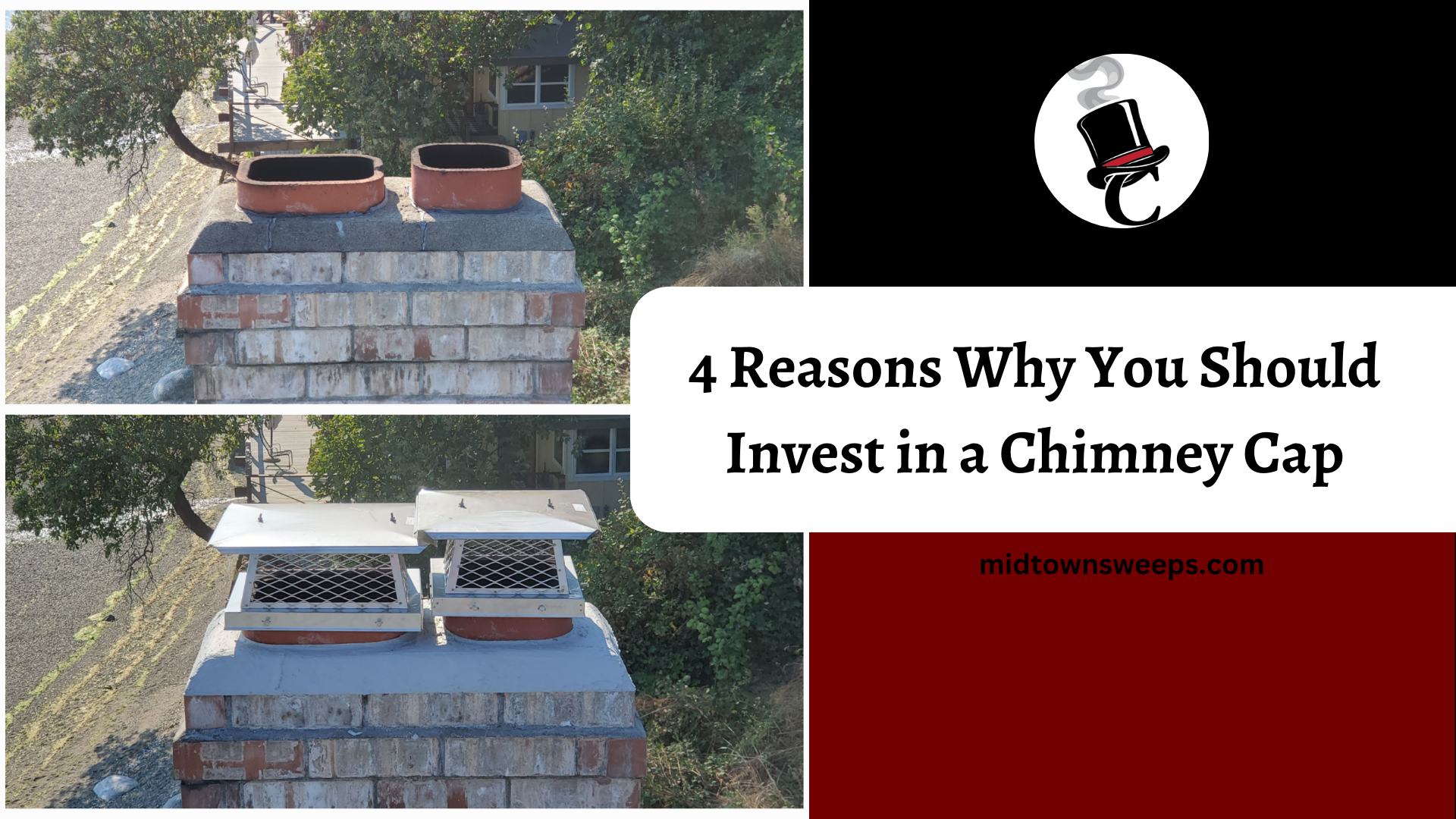One out of five home fire deaths was caused by heating equipment.
Heating equipment was the second leading cause of home fires (15%) and home fire injuries (12%), and the third leading cause of home fire deaths (19%) and of the direct property damage (16%) during this period. Chimney fires were the most common type of heating fire. -NFPA September 2017 Home Structure Fires Report
First off what is “creosote”?
Creosote is a gummy, repulsive smelling, corrosive and severely combustible substance that naturally coats the inside surfaces of the connector pipes and flues of all wood burning appliances and fireplaces.
There are technically 3 stages of creosote:
- Flaky or Dusty
- Crunchy or Tar-like
- Glazed, Gummy or Hard and glass-like
Creosote forms when volatile gases are given off during the burning process that combine and condense on their way out of the chimney. There are three stages to combustion – drying, pyrolysis, and charcoal. The first step is “drying”. This is when moisture is driven out of the wood, and often carries with it uncombusted carbon residue, like tree sap, and deposits a tar fog inside the chimney.
Whatever form it may take, creosote is extremely combustible at higher temperatures. If it builds up in sufficient quantities and the internal flue temperature is high enough, the result could very well be a chimney fire.
Try to avoid Certain conditions encourage the buildup of creosote: such as (this is a negative list- try to avoid doing these things!):
- Restricted air supply control
- Burning unseasoned wood
- Cooler than normal chimney temperatures
- Air supply being restricted by closing the glass doors
- Failing to open the damper wide enough to let the unit breathe
- The lack of sufficient make-up air to move heated smoke up the chimney
Protect your chimney from creosote build-up by using only well-seasoned wood and avoiding low damper settings for extended periods. The temperature of the fire plays a big role in creosote formation; always run a wood stove within the manufacturer’s recommended temperature limits. Too low a temperature increases creosote build-up, and too high a temperature may eventually cause damage to the wood stove, bricks, or chimney and result in a chimney fire.
Avoid roaring fires by only adding enough fuel to keep the fire at the desired temperature. And never burn household trash, cardboard or Christmas trees in your fireplace. The sparks they produce can lead to chimney fires.
Creosote build-up is pretty sneaky. You may not notice it at first but it tends to feed on itself. As it builds up, it restricts the flow in the chimney and/or stove pipes. This build-up slows the smoke on its way out, allowing more time for it to cool and for the creosote to condense and deposit itself thus further restricting the flow. If you don’t burn clean wood and hot fires regularly, it quickly builds to a point where it is dangerous to burn a clean hot fire. The only course left to you then is to take the connector pipes down (if it is a wood stove) and clean them and the chimney.
Since a chimney (if damaged by a chimney fire) can also endanger a home and its’ occupants it is important to have your chimney regularly inspected by a Qualified Chimney Sweep professional.
9 Signs of a Chimney Fire and what a Professional Chimney Sweep looks for to Identify if a Chimney Fire has Occurred:
- “Puffy” or “honey combed” creosote
- Warped metal of the damper, metal smoke chamber connector pipe or factory-built metal chimney
- Cracked or collapsed flue tiles, or tiles with large chunks missing
- Discolored and/or distorted rain cap
- Heat-damaged TV antenna attached to the chimney
- Creosote flakes and pieces found on the roof or ground
- Roofing material damaged from hot creosote
- Cracks in exterior masonry
- Evidence of smoke escaping through mortar joints of masonry or tile liners
Depending on the situation, you might need a few flue tiles replaced, a new liner system installed or an entire chimney rebuilt. Always have a certified chimney sweep take care of these projects for you as each case can be unique and you want to ensure that all the steps you can take to correct it have been taken correctly. Contact us today!
